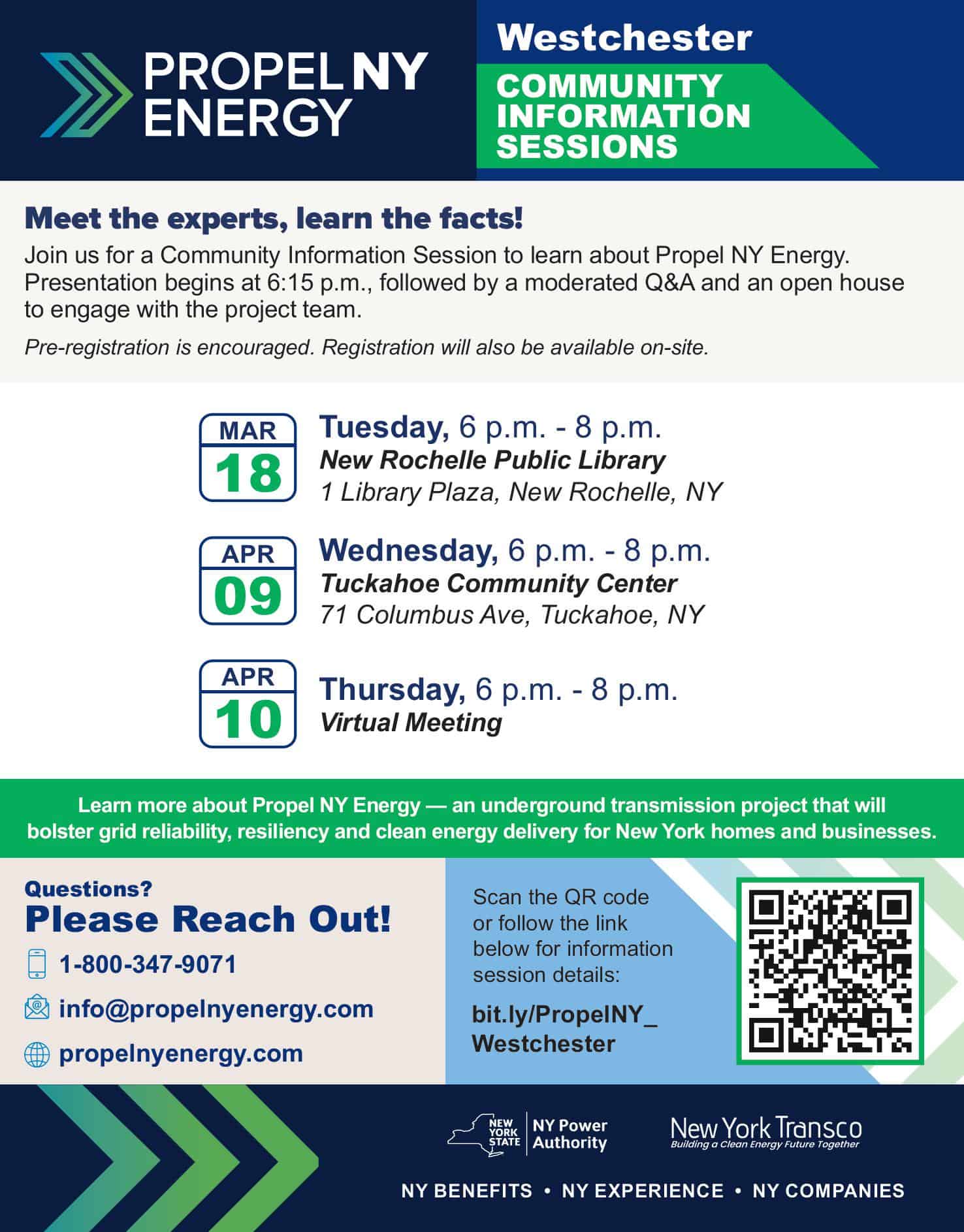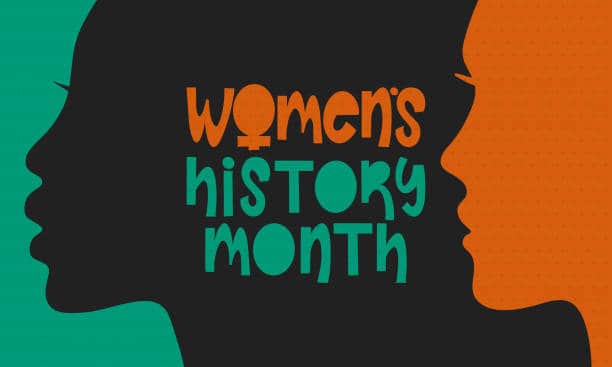It ought to be a no-brainer, so to speak: Research has pinpointed seven ways people can achieve ideal heart and brain health. And — bonus — if Americans did those things, they also could help prevent many other chronic illnesses. But most people don’t, at least not consistently. What’s stopping them?
“Most of these steps require a great deal of self-regulation and self-control,” said Dolores Albarracin, a professor of psychology at the University of Illinois at Urbana-Champaign.
“It’s not just getting one thing done, like going to get a vaccine, where you can do it and forget about it for a year.” Volumes of research point to at least seven behaviors, called Life’s Simple 7, that can dramatically lower the burden of heart disease, stroke and dementia. Not smoking, eating a healthy diet, exercising regularly, maintaining a healthy weight, and keeping blood glucose, blood pressure and cholesterol levels in a healthy range have the potential to collectively wipe out a vast majority of heart disease and stroke and prevent
or delay a significant number of dementias.
“If it were simple, heart disease event rates would bedown by 80% since roughly 80% of heart disease is preventable,” as are 80% of
strokes, said Dr. Roger Blumenthal, director of the Johns Hopkins Ciccarone Center for the Prevention of Cardiovascular Disease in Baltimore.
Part of the problem, he said, is the pace of modern life and the number of responsibilities people already are juggling. “It’s hard for people to stay motivated in the society in which we live and to make time for things like exercise,” he said. “We have to repackage all the knowledge we have and put it into actionable, shorter messages and provide resources that motivate people.”
Blumenthal recommends breaking down goals into smaller actions that feel achievable. For example, if finding large blocks of time to exercise seems too hard, he advises people to weave 10-minute exercise breaks throughout their day. Likewise, with weight loss. “Ask yourself where you can cut out 300-400 calories a day.”
People often have greater success with taking medication to lower cholesterol and blood pressure, Blumenthal said. But even that isn’t always simple. Inadequate health insurance or lack of access to care can make it difficult for people to take medications regularly, said Dr. Tracy Madsen, an assistant professor of emergency medicine at Brown University in Providence, Rhode Island. These inequities are
most prevalent among those from marginalized racial and ethnic groups who often bear the biggest burden of disease. They also may face other inequities, such as a lack of easy access to recreational space or convenient, affordable places to buy healthy foods.
Another big reason people struggle is many steps toward better health involve cutting out, or cutting back, pleasurable activities, Albarracin said. “You’re not asking people to simply incorporate a new habit, you’re also asking them to fight something that has
been quite rewarding in the past,” she said. “We eat yummy foods because they are yummy.”
Albarracin led a study published in Health Psychology Review that analyzed 150 research reports about healthy behavior change. It found
people were more likely to succeed in making changes if they stuck to one of two similar actions — focusing on things they needed to do or
things they needed to stop doing — but not both.
“The way our psychological makeup works is we tend to be in action mode or inaction mode,” she said. “Exercising more and eating more
vegetables are both actions moving in the same direction, versus exercising more and eating less fat, which is one positive thing and one negative thing.”
Changing behavior can require reframing thinking and goals, Albarracin said. “There are ways to use questions to stop yourself. If you’re
at a restaurant and the server brings a tray of desserts and asks you which one you want, ask yourself instead if you should be eating dessert at all. Introduce the idea of ‘no’ being an answer.” (submitted)







